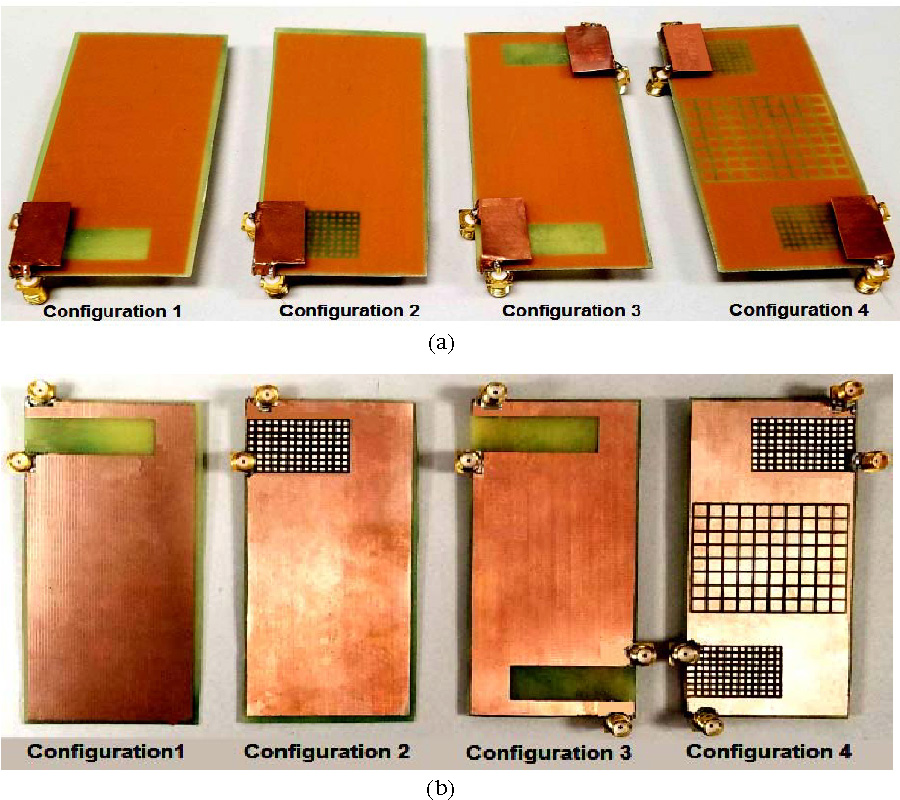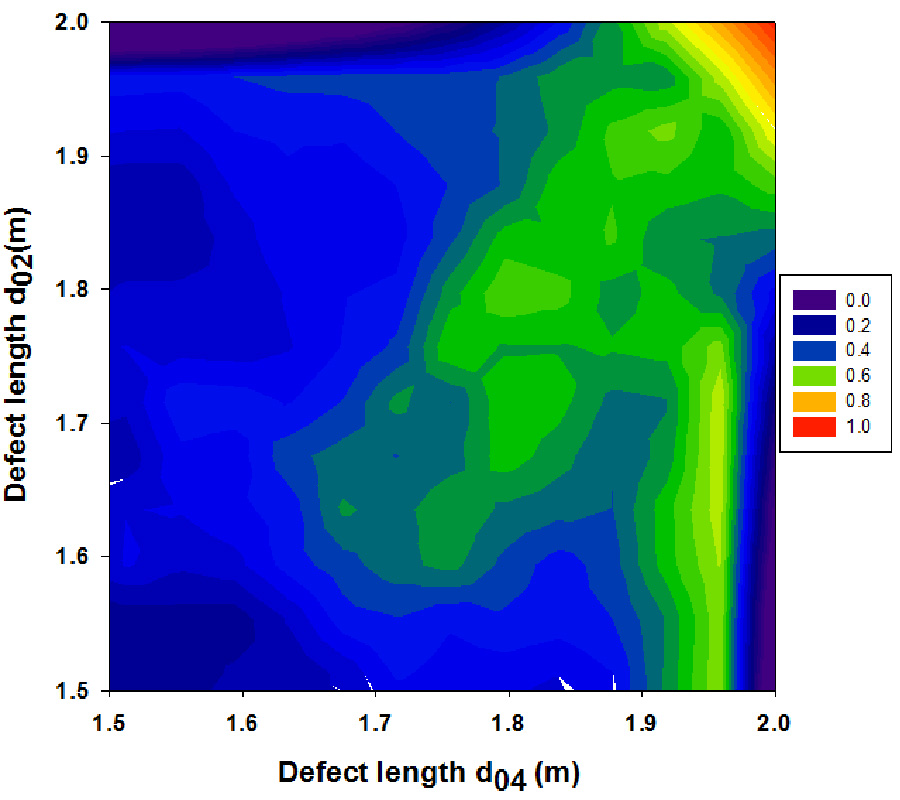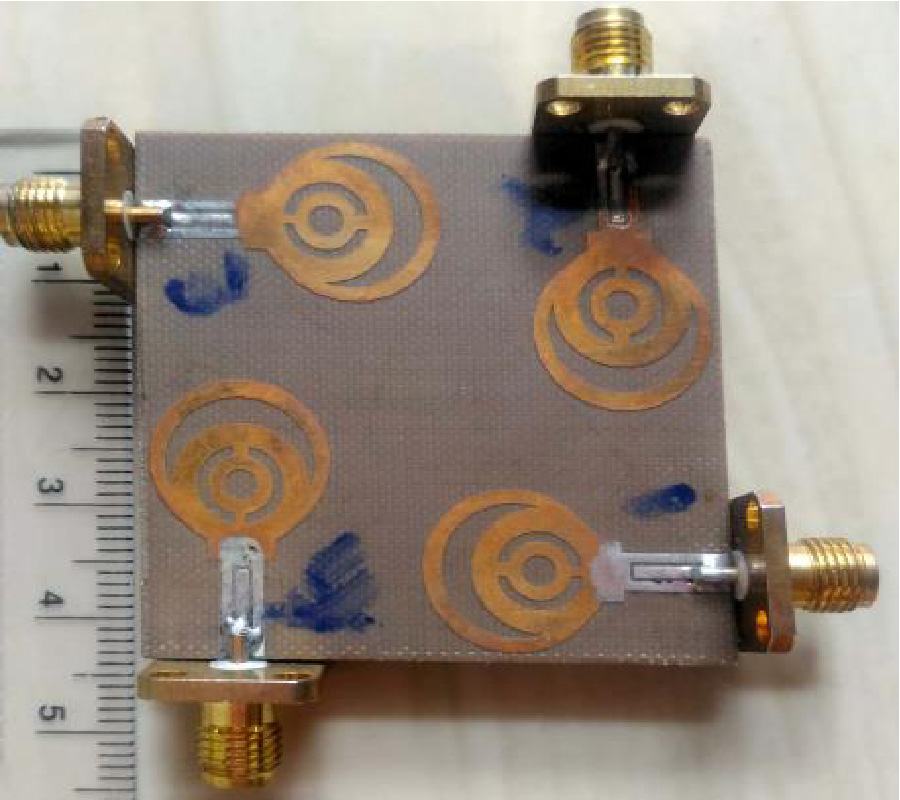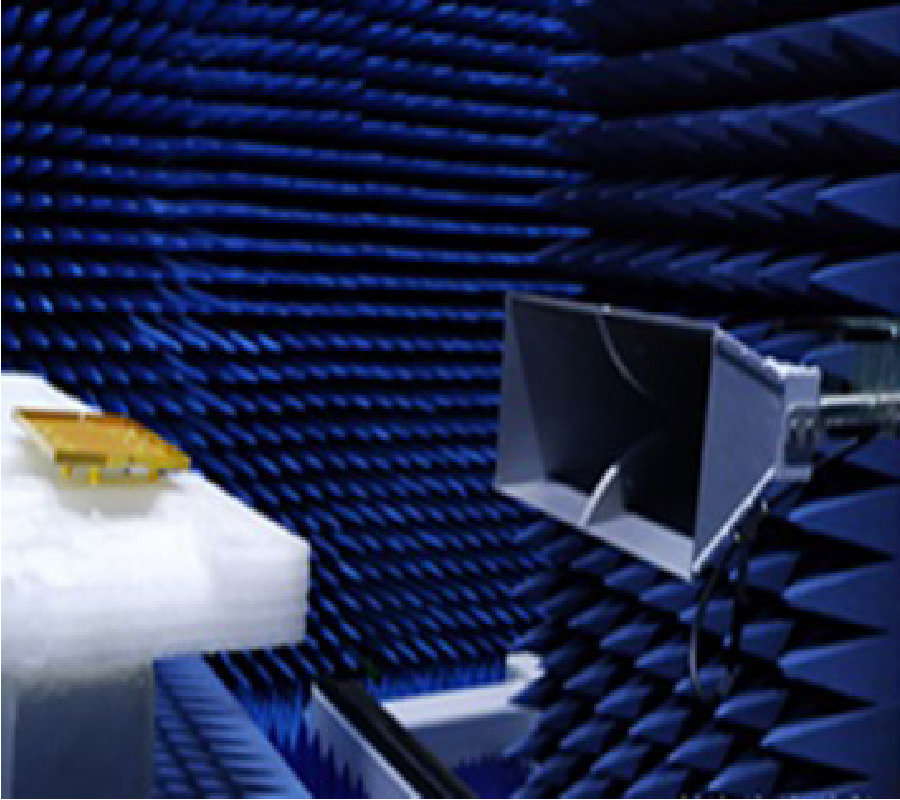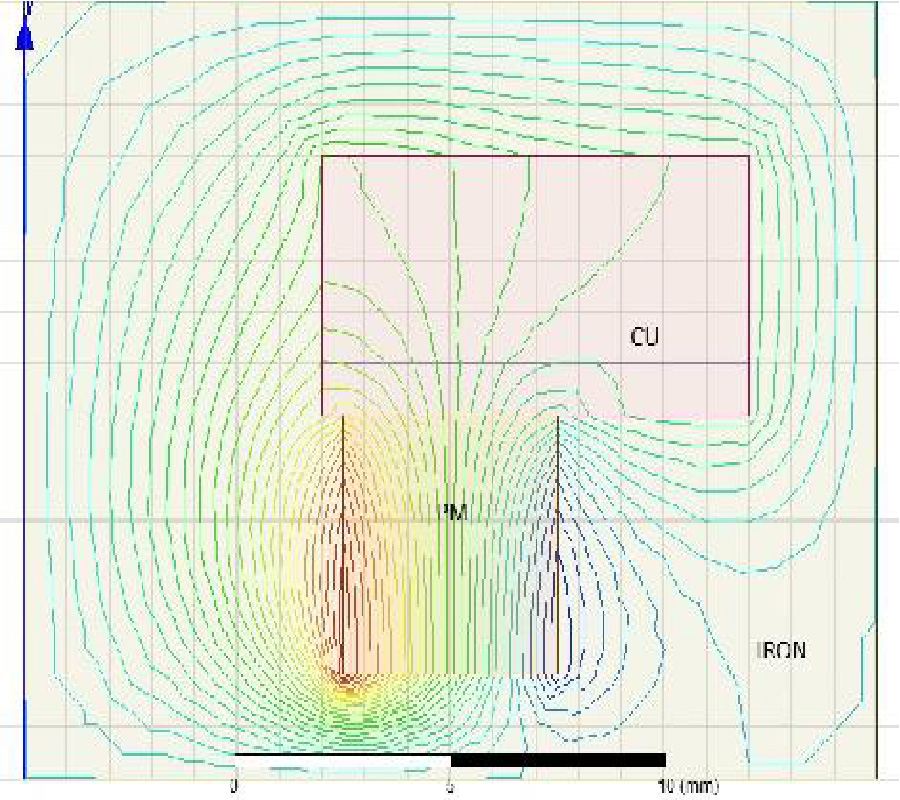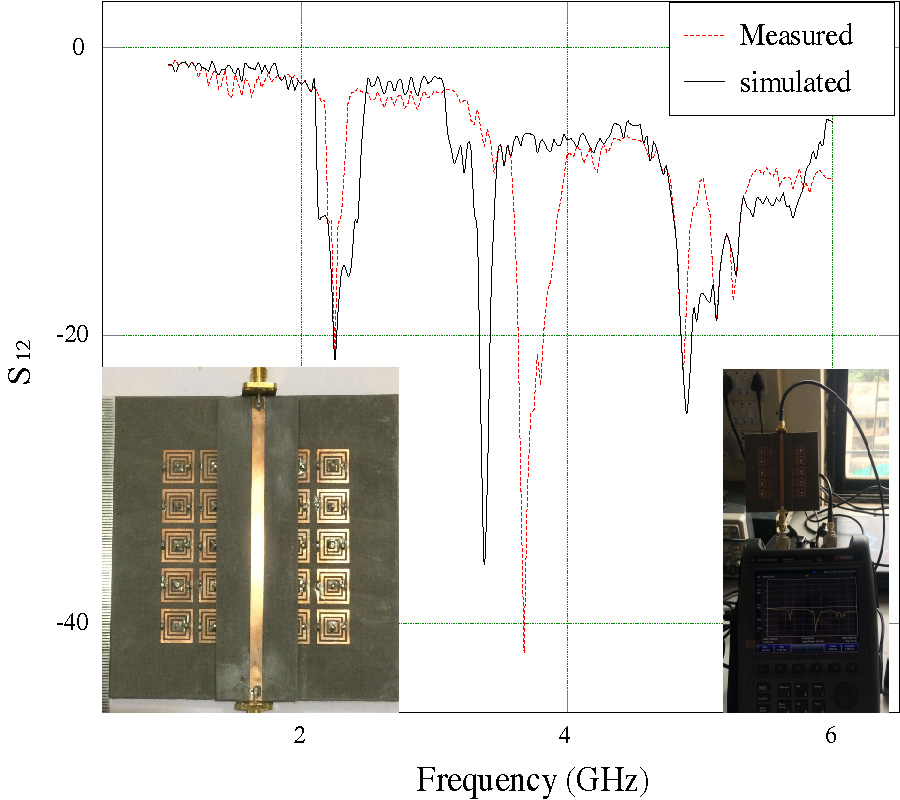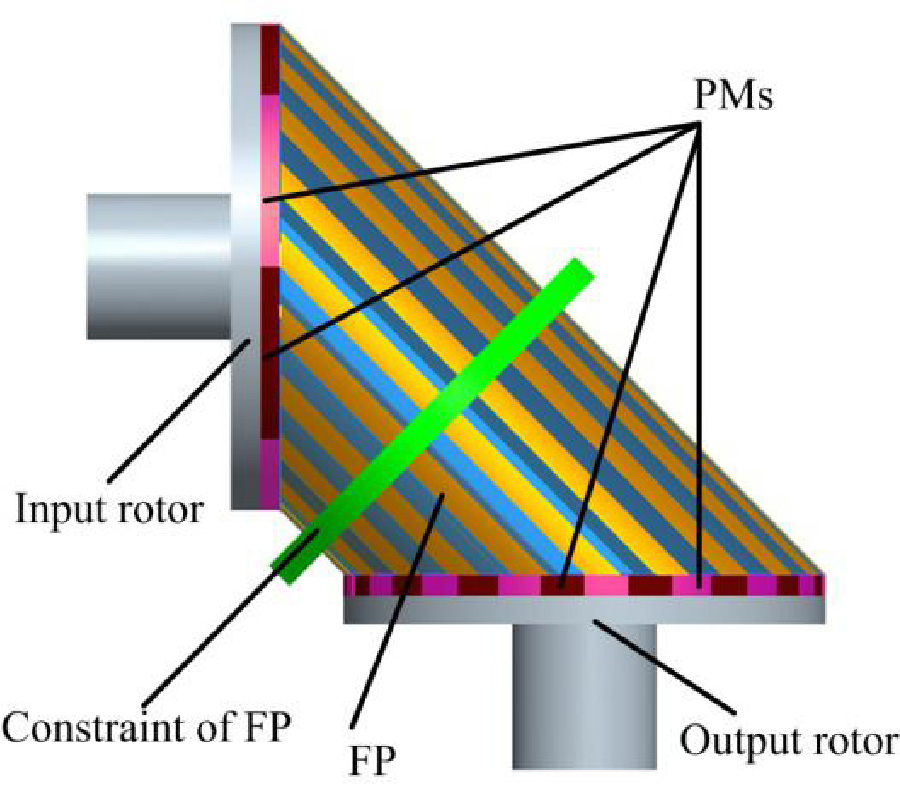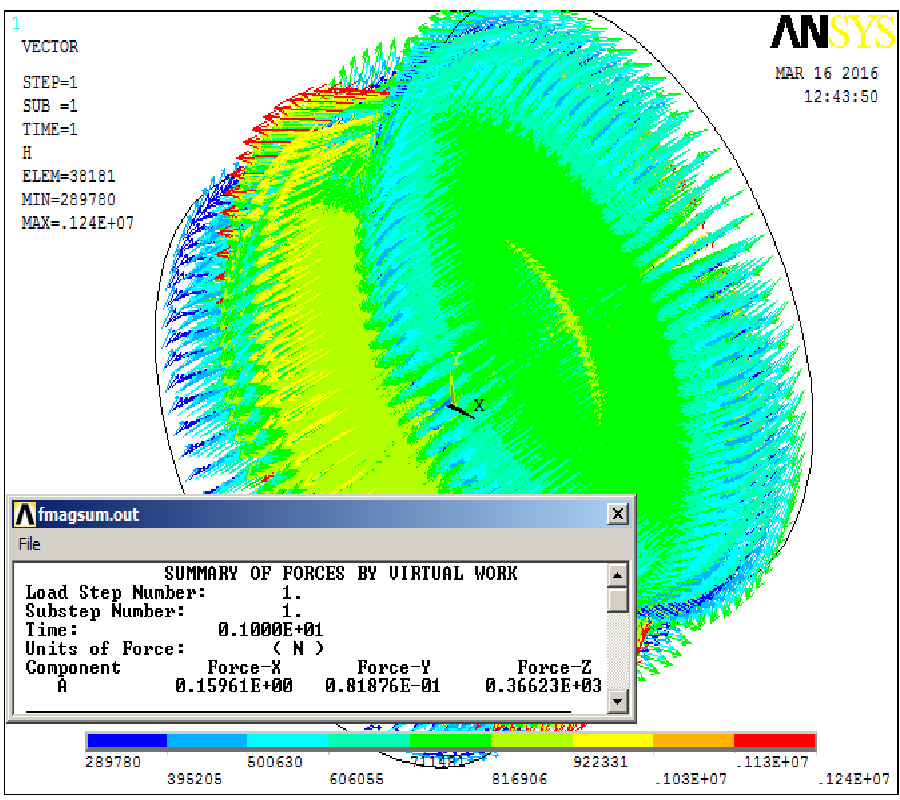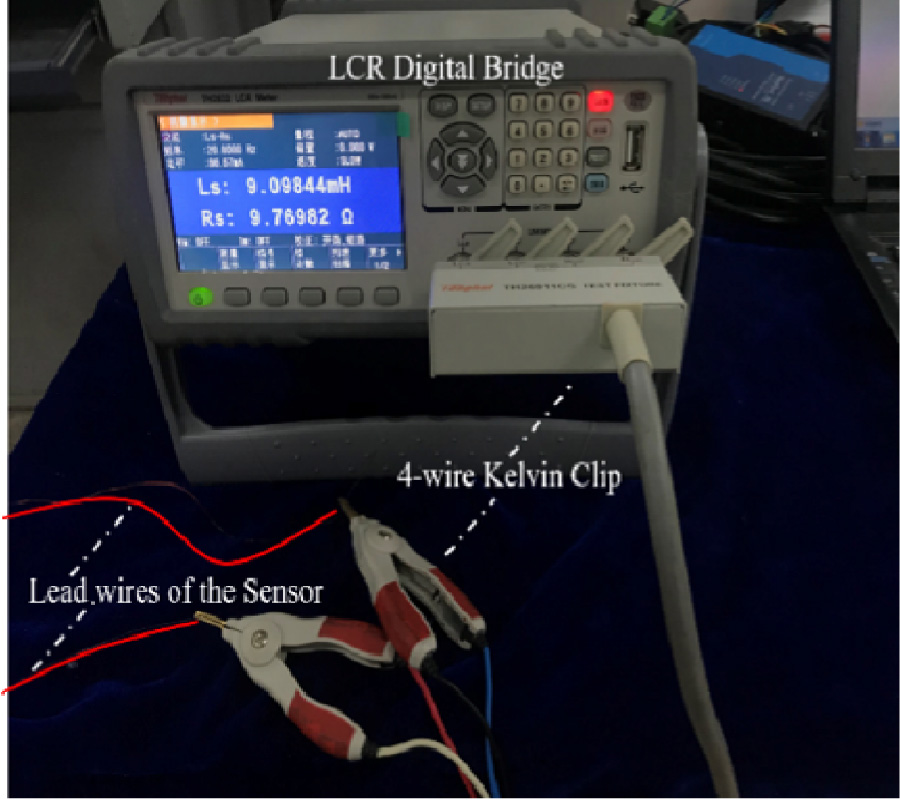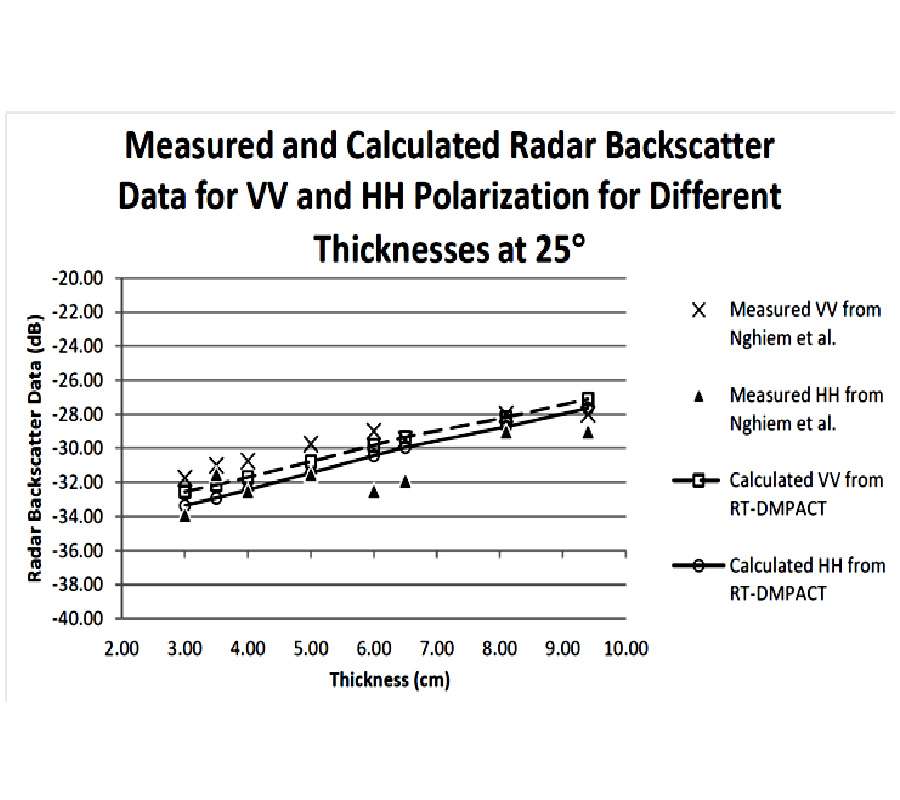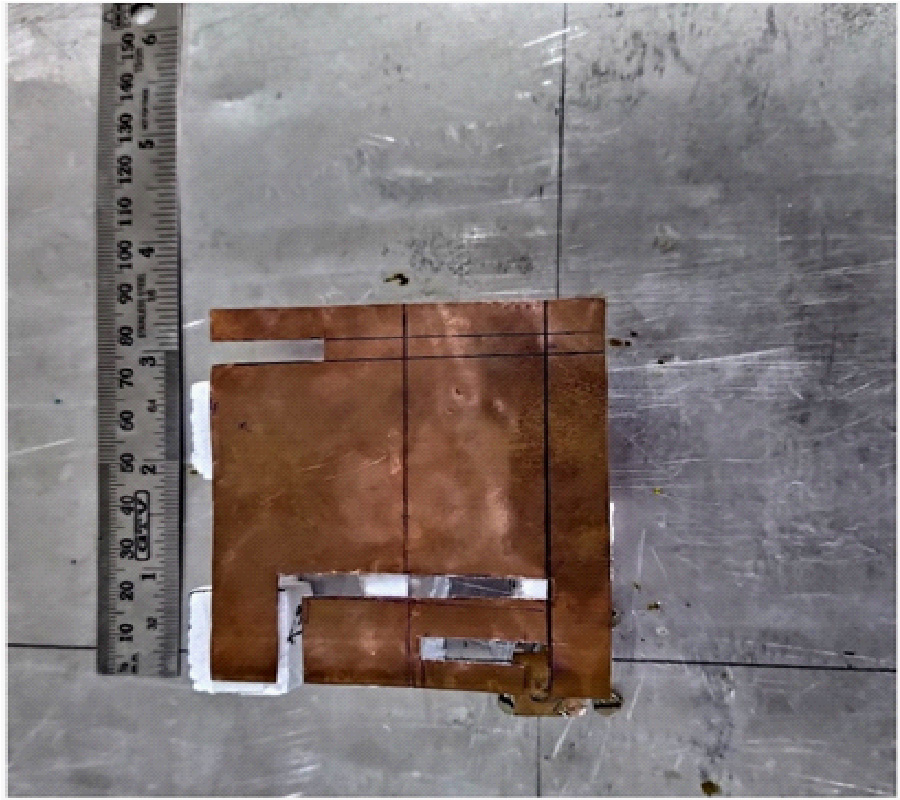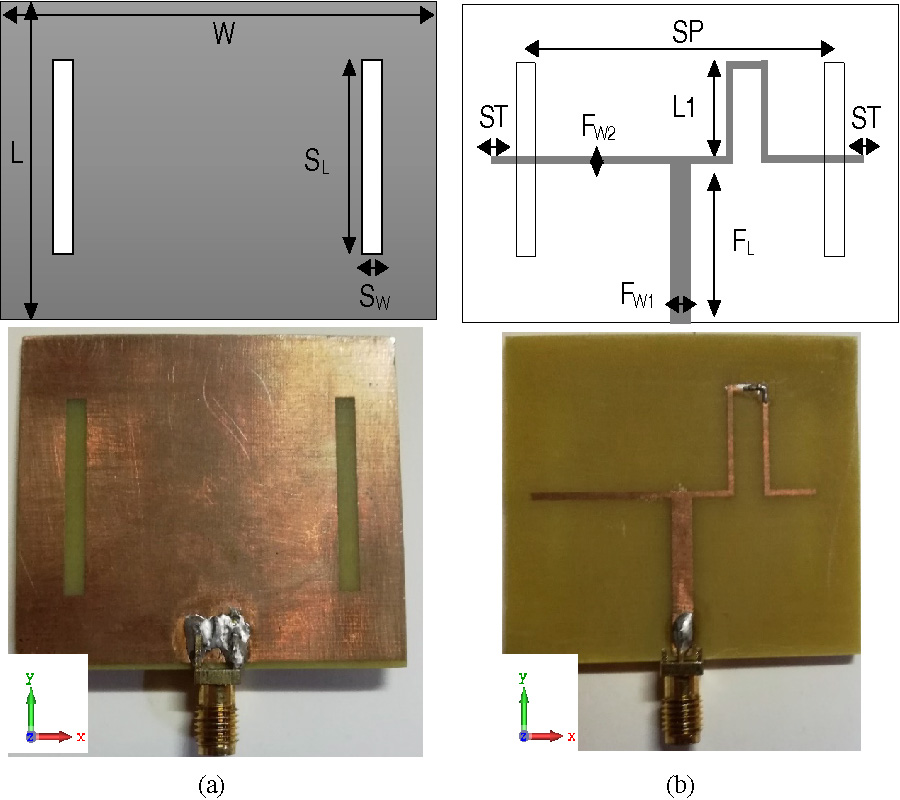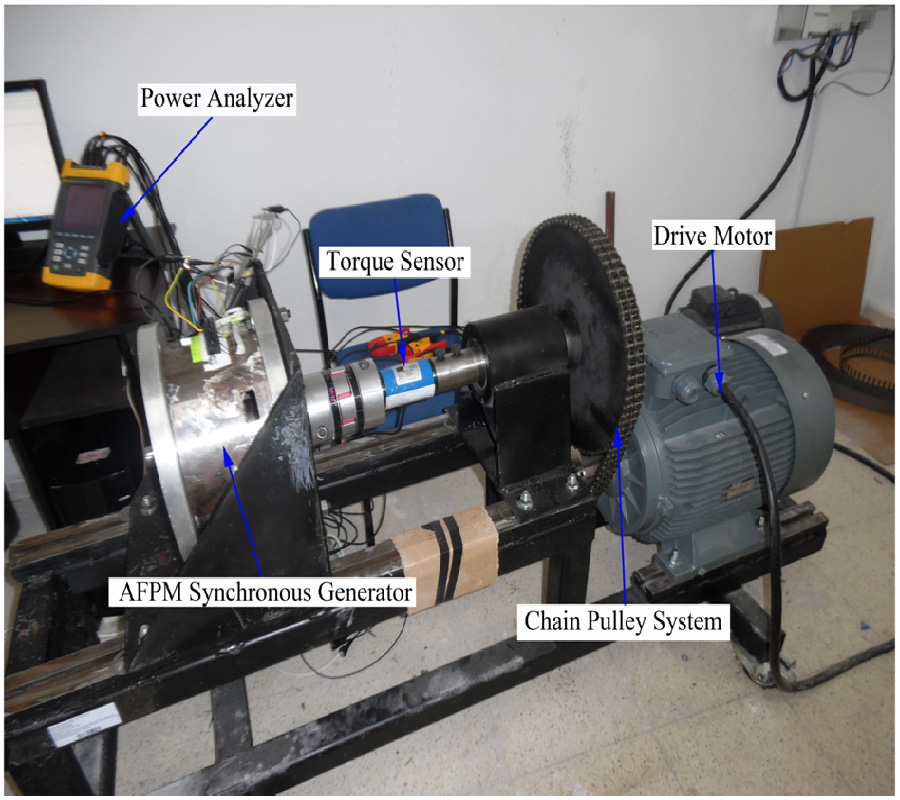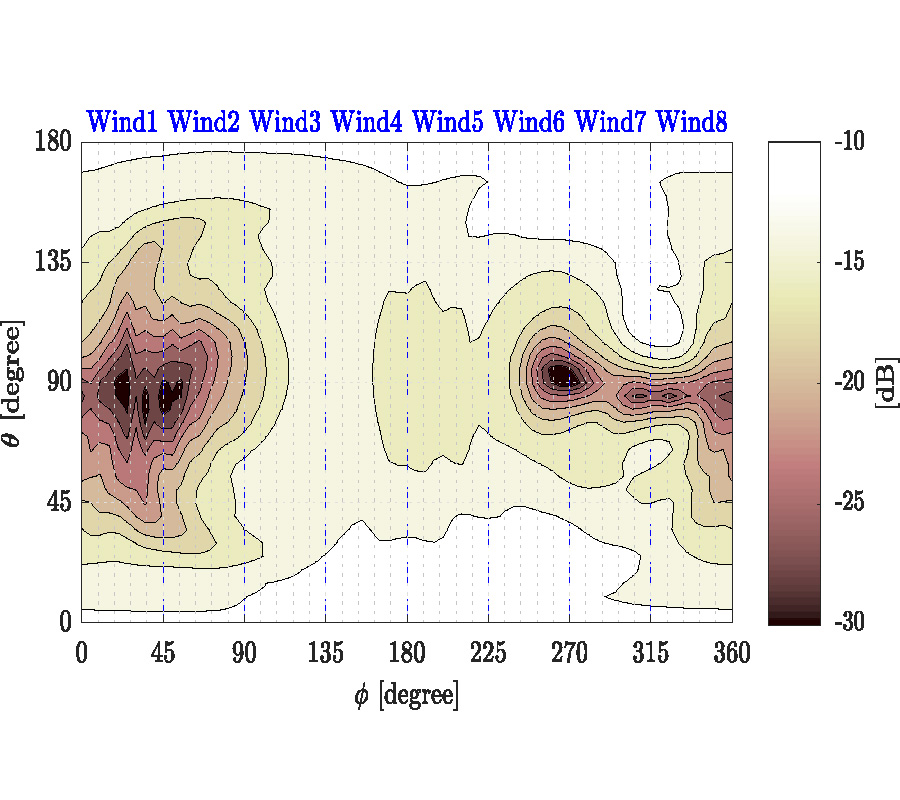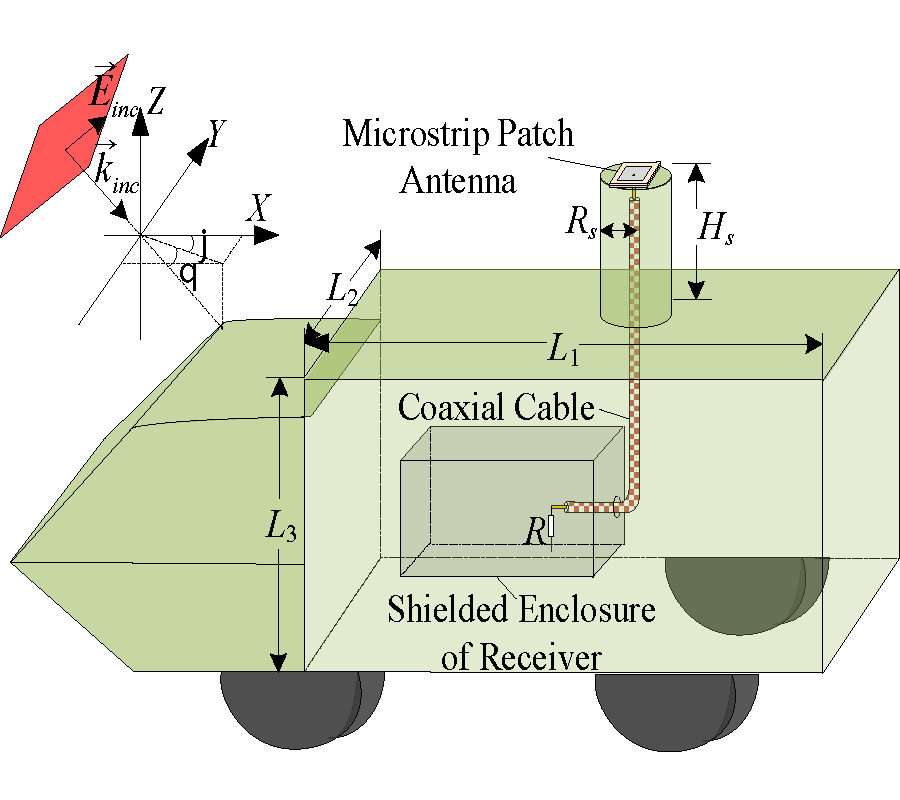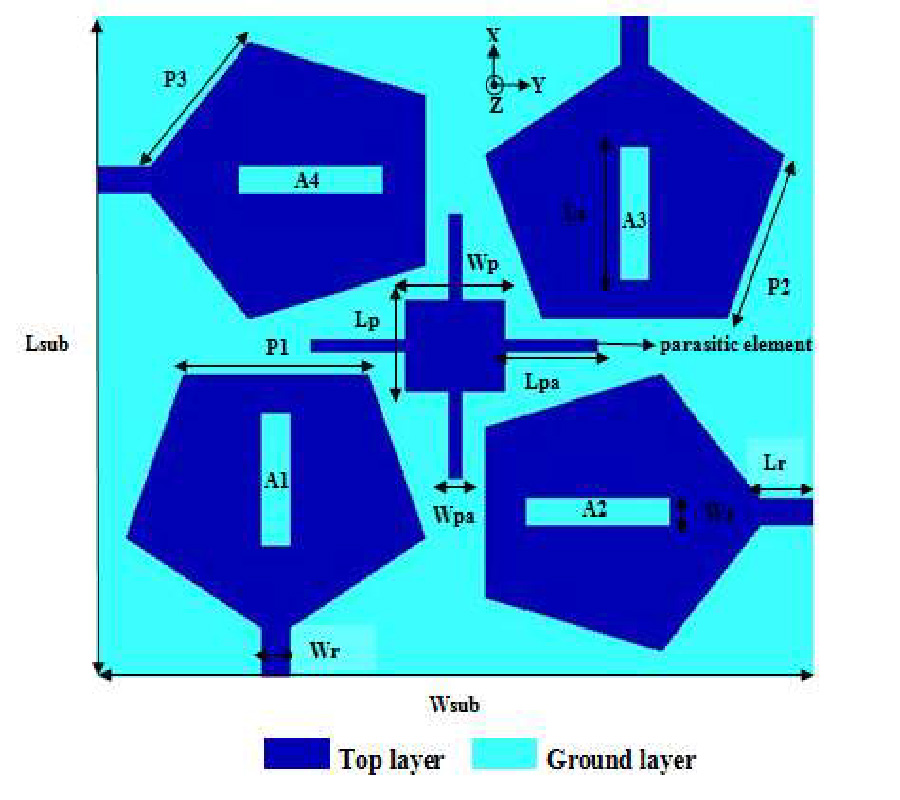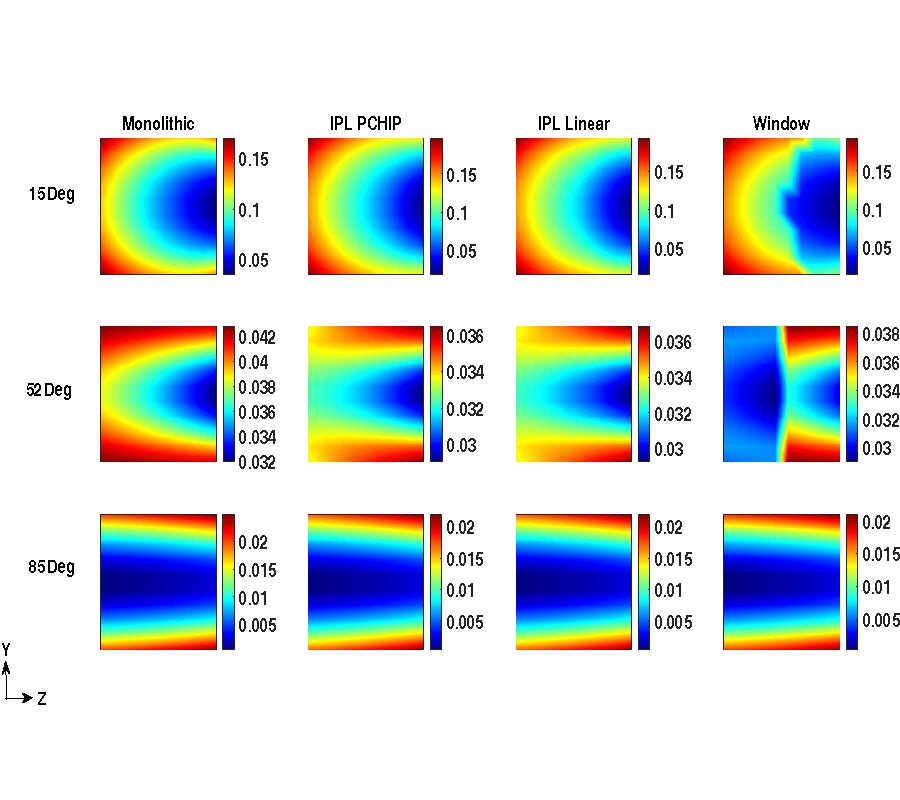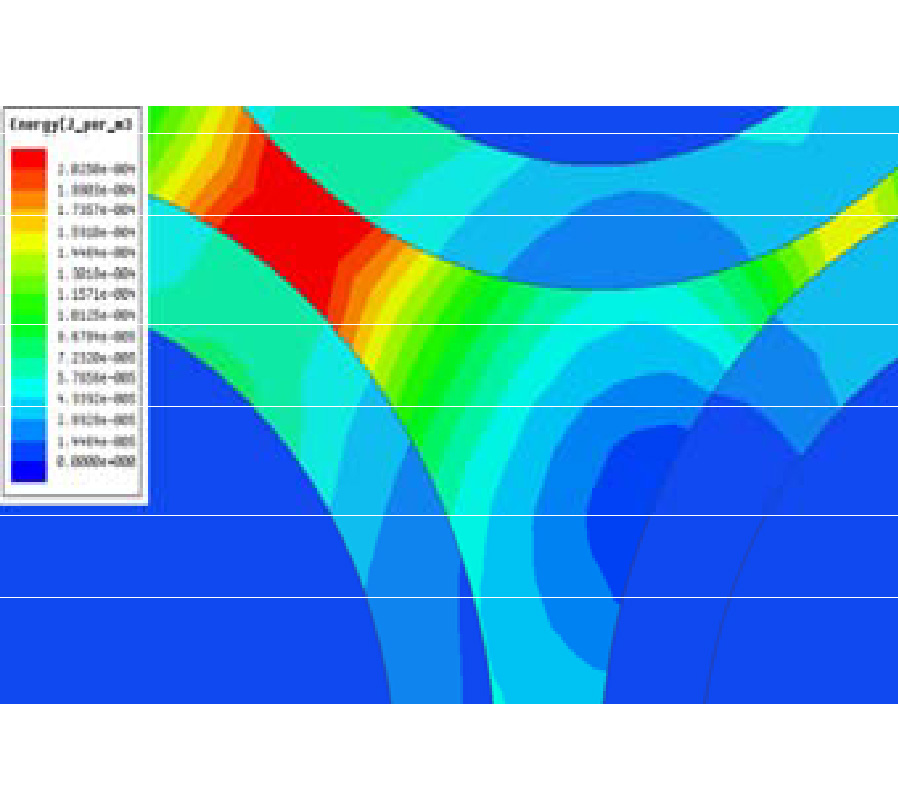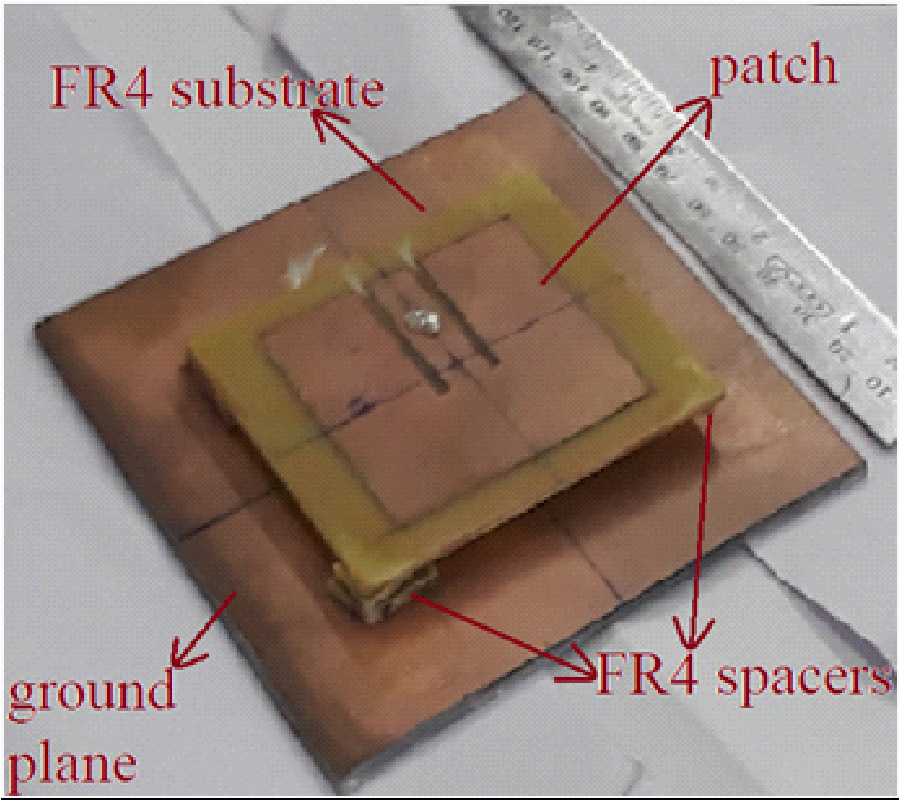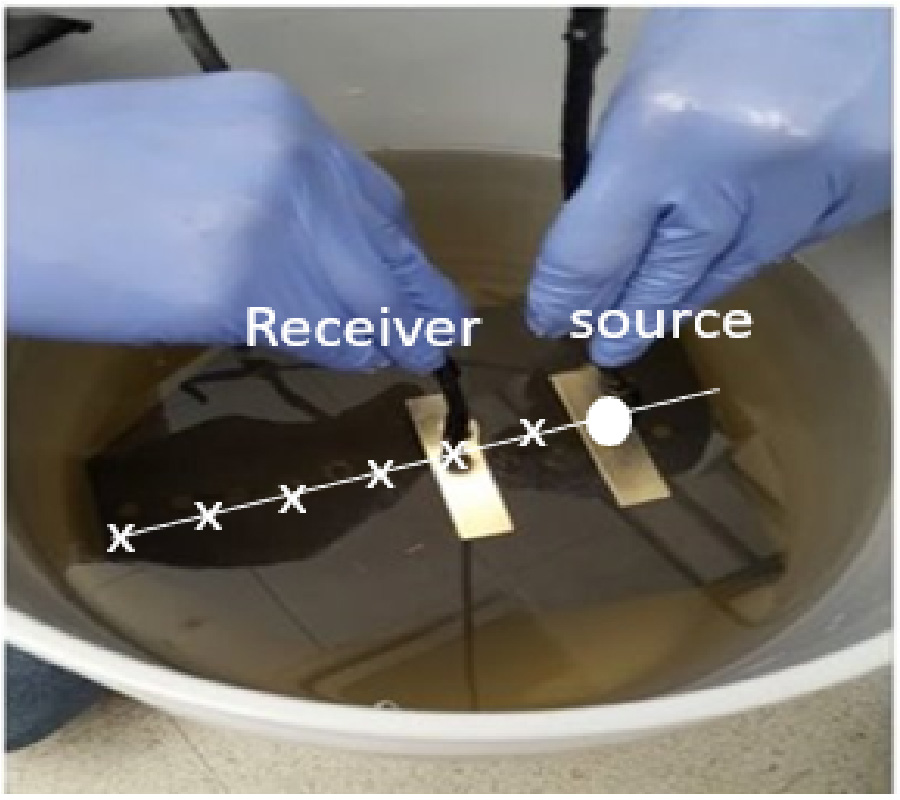High Quality Factor Microwave Multichannel Filter Based on Multi-Defectives Resonators Inserted in Periodic Star Waveguides Structure
Youssef Ben-Ali,
Ilyass El Kadmiri,
Zakaria Tahri and
Driss Bria
The transmission spectrum of electromagnetic waves through a one-dimensional photonic star waveguides (SWGs) structure is obtained using the Green function method (GFM). The proposed structure is composed of a finite number of periodic cells; each cell contains a segment of length d1 grafted in its extremity by resonators of length d2. This periodic system is altercated by insertion of defects resonators located in three different sites, which have lengths d02, d04, and d06 different from that of the perfect resonators. The properties of such a multi-defects structure are suitable for tunable very narrow band multichannel filter applications in microwave domain. The perfect photonic structure demonstrates large microwave photonic band gaps (PBGs) in which the propagation of electromagnetic waves is prohibited. For the sake of comparison, we first introduce single defect resonators located in one site; this defect creates hence two transmission peaks (defect modes) in the gaps. These induced modes of noticeable transmissions and good quality factors permit our proposed SWGs to behave like a single narrow band channel filter. Several localized modes appear in the band gaps whenweintroduce three resonators defects of different lengths and located in three different sites. With an appropriate choice of the geometrical parameters d1 = 1 m,d2 = 0.5 m, d02 = d04=d06 = 2 m, our thrice defectives system can create, in the microwave frequencies range, till eight transmission peaks in the gaps when the defects are located in three consecutive sites.These peaks have very high values of transmission rates and important quality factors reaching Q=610000. Therefore, our proposed system acts as very narrow band multichannel filters for which defects modes shift towards the low frequencies when the defects resonators lengths increase. The results obtained demonstrate the dependence of the defect modes frequencies, transmission coefficient, and the quality factor on the resonators defects lengths, their numbers, and their positions inside the defective structure.
